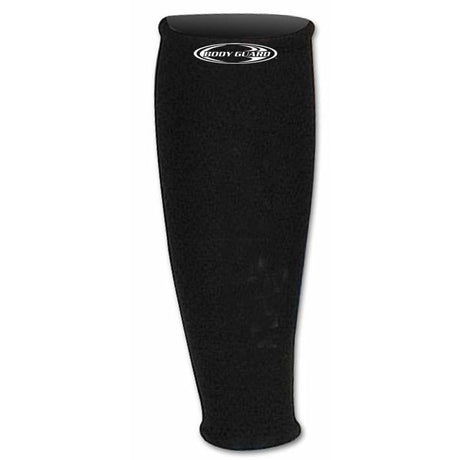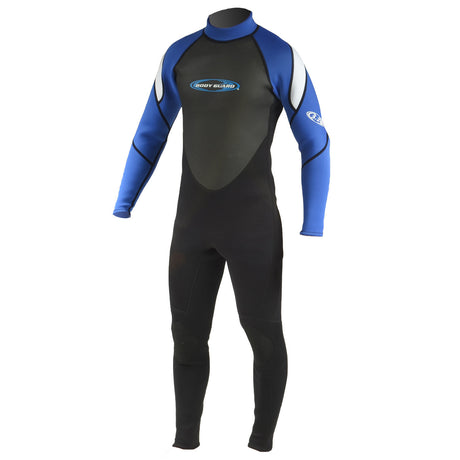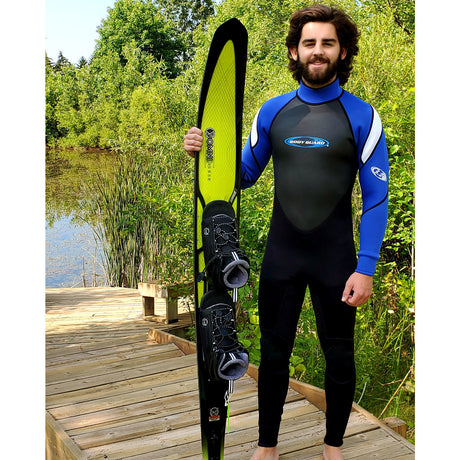Wake surfing is becoming increasingly popular, and the continental U.S. has endless lakes to accommodate this explosive sport. But, like any other outdoor recreation, wake surfing can have big impacts on the environment.
Some states have begun considering or implementing regulations requiring wake surf boats operate at certain distances and depths from shore. But why? Let's break it all down -- including how you should run your boat.
How Wake Boats Operate

Wake surf boats are designed to operate unlike other boats on public waters. While wakeboarding and water skiing boats operate at speeds of 20 MPH or more, wakesurf boats operate much slower -- usually around 10 MPH.
Wake surf boats also sit far lower in the waterline, relying on ballasts filled with thousands of pounds of water to add displacement. The resulting wake produced by these boats is up to 2 to 3 feet in height.
While that may not sound like much compared to the surf you might ride at your local shore, it's enough displacement above and below the waterline to have potentially significant impacts on lake environments.
Effects on Lake Environments
According to a study conducted by Michigan's Department of Natural Resources, the waves created by wake boats can produce up to six to nine times more energy than other cruising vessels.
All that energy has to go somewhere. These large, powerful wakes can strike docks docks if boaters operate too close to the shoreline. Below the waterline, larges wakes can force columns of turbulence downward, stirring up sediment, destroying underwater plants, and disrupting aquatic life at shallow depths.
That same study identified growing algae blooms as another side effect of wake boats operating in shallow water.
Operating Depths & Distances From Shore

To protect your local lake, what depth and distance should you operate your wake surf boat? The answers are clear-cut, based on a few studies:
- Wake surf boats should operate at least 500 feet from all docks and shorelines, regardless of water depth.
- When producing waves, wake boats should operate at depths of at least 15 feet, but ideally 20 feet or more.
Tips for Bigger Wakes (and Safer Runs)
Beyond these two basic conditions, there are some other tips to follow to ensure you've got a clean line to run on the lake, while also reducing risks to yourself, other boaters, and the lake itself:
- Operate in depths of 20 feet or more to produce the largest (and least impactful) wakes.
- Find a line in the water that allows for a straight run, with room to decelerate before turning.
- Avoid quick directional changes at speed, and power down before turning to gather a surfer or start a return run.
Operating your wake boat within these parameters not only ensures you enjoy big, uninterrupted waves to ride freely, but that your boat doesn't negatively impact the lake environment itself -- which ensures the water stays open to wake surfers, without restrictive legislation being passed that curtails the sport.
Check Local & State Regulations

Some states have begun passing new laws governing wake boat operations:
Oregon banned wake surfing altogether along sections of the Willamette River.
Vermont adopted new rules restricting wake surfing to designated areas, following the guidelines listed above (zones are at least 500 feet from shore, 200 feet wide, and greater than 20 feet deep).
South Carolina passed a law requiring wake sports occur 200 feet from docks, swimmers, and other anchored craft.
Minnesota will, by 2025, require boaters engaging in wake sports to attend an education class and receive a boater education card. The state also now requires wake sports on Caribou Lake take place at least 500 feet from shore, and in water at least 20 feet deep.
Always check your local and state laws before engaging in wake sports. As more environmental impact studies circulate across the U.S., it is likely more locales will adopt similar rules.












